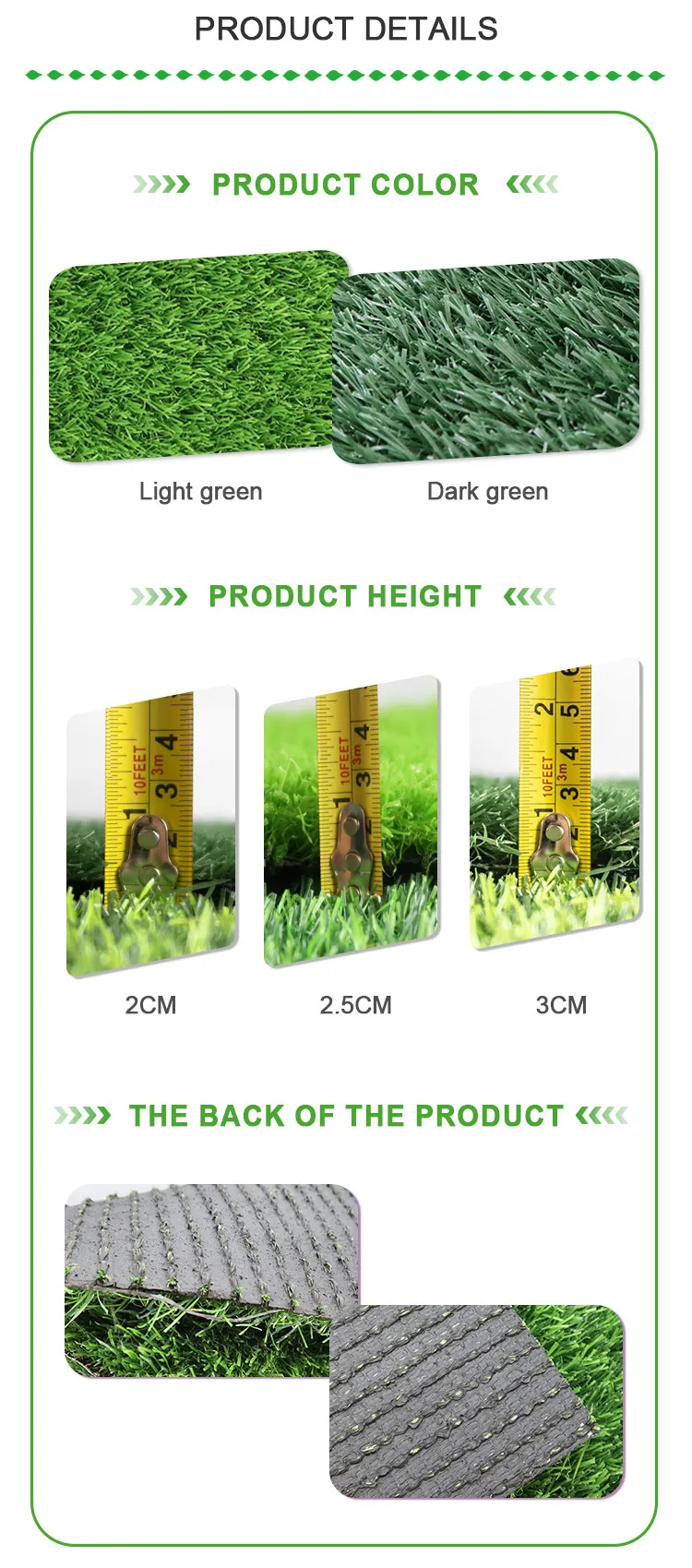
- Afrikaans
- Arabic
- Belarusian
- Bengali
- Czech
- Danish
- Dutch
- English
- Esperanto
- Estonian
- Finnish
- French
- German
- Greek
- Hindi
- Hungarian
- Icelandic
- Indonesian
- irish
- Italian
- Japanese
- kazakh
- Rwandese
- Korean
- Kyrgyz
- Lao
- Latin
- Latvian
- Malay
- Mongolian
- Myanmar
- Norwegian
- Persian
- Polish
- Portuguese
- Romanian
- Russian
- Serbian
- Spanish
- Swedish
- Tagalog
- Tajik
- Thai
- Turkish
- Turkmen
- Ukrainian
- Urdu
- Uighur
- Uzbek
- Vietnamese
sports grass artificial
Nov . 18, 2024 20:21 Back to list
The Rise of Artificial Grass in Sports
In recent years, artificial grass has gained significant traction in the world of sports. With the growing need for durable and maintenance-friendly playing surfaces, many teams and organizations have opted for synthetic alternatives to natural grass. This shift is not merely a trend; it is a testament to the evolving nature of sports infrastructure and the relentless pursuit of enhancing athletic performance.
Advantages of Artificial Grass
One of the most prominent advantages of artificial grass is its durability. Unlike natural grass, which requires extensive care and is susceptible to wear and tear, synthetic turf can withstand heavy foot traffic without losing its integrity. This attribute is particularly beneficial for sports that involve rigorous play, such as football, soccer, and rugby. Natural fields often suffer from divots and muddy patches, especially during adverse weather conditions, whereas artificial surfaces maintain consistent quality year-round.
Another advantage is the reduction in maintenance costs. Maintaining a natural grass field requires regular mowing, watering, fertilization, and pest control. These activities not only incur substantial costs but also consume time and resources that could be directed towards player development and training. In contrast, artificial grass virtually eliminates these maintenance requirements. A simple brush-off to remove debris and occasional rinsing are often sufficient to keep it looking pristine, allowing facilities to allocate resources more effectively.
Performance Benefits
Beyond durability and maintenance, artificial grass can enhance performance. Synthetic surfaces are designed to provide optimal traction, reducing the risk of injuries related to slips and falls. Additionally, they facilitate better ball movement, which can be crucial in sports like soccer and field hockey. Many athletes have reported that they feel more confident playing on artificial surfaces due to their predictable nature, making it easier to execute precise maneuvers.
sports grass artificial

Moreover, artificial grass can be engineered for specific sports, allowing for the customization of playing surfaces according to the unique demands of each game. Different heights and densities of turf can be applied, ensuring that players get the best possible experience tailored to the sport they play. The versatility of synthetic turf is revolutionizing how sports fields are designed and constructed.
Environmental Considerations
Though the use of artificial grass has its benefits, it also raises environmental concerns. The production and disposal of synthetic turf involve materials such as polyethylene and nylon, which are non-biodegradable. Moreover, earlier installations often contained infill materials like crumb rubber derived from recycled tires, which have raised questions over potential health risks.
However, the industry is moving toward more sustainable practices, including the development of eco-friendly alternatives for infill and improved methods for recycling old turf. Innovative companies have emerged, focusing on creating products that minimize ecological footprints without compromising performance. As a result, it is becoming increasingly feasible to enjoy the benefits of artificial grass while addressing environmental concerns.
The Future of Sports Surfaces
The growing popularity of artificial grass in sports is an indication of a broader transformation in how athletic facilities are constructed and maintained. With advancements in technology, the future of synthetic turf looks promising, featuring even more realistic surfaces that closely mimic natural grass. As cities and organizations seek to enhance their sports infrastructure, artificial grass will undoubtedly play a crucial role in providing safe, reliable, and sustainable playing environments.
In conclusion, artificial grass is redefining the landscape of sports fields. With its numerous advantages, from performance benefits to reduced maintenance, it offers a viable alternative to traditional natural grass. While challenges surrounding production and disposal remain, ongoing innovations promise to address these concerns. As sports continue to evolve, artificial turf will likely become an integral part of the athletic experience, providing athletes with the surfaces they need to excel in their respective sports.
-
The Benefits of Artificial Turf for Indoors
NewsJul.15,2025
-
How Artificial Grass Suppliers Ensure Quality Products
NewsJul.15,2025
-
Artificial Grass and Pets: A Space for Relaxation
NewsJul.08,2025
-
Balcony & Outdoor Decoration with Artificial Grass
NewsJul.08,2025
-
Best Indoor Artificial Grass for Home
NewsJul.07,2025
-
Best Pet Turf for Dogs: Safe & Durable Artificial Grass Options
NewsJul.07,2025
Products categories









